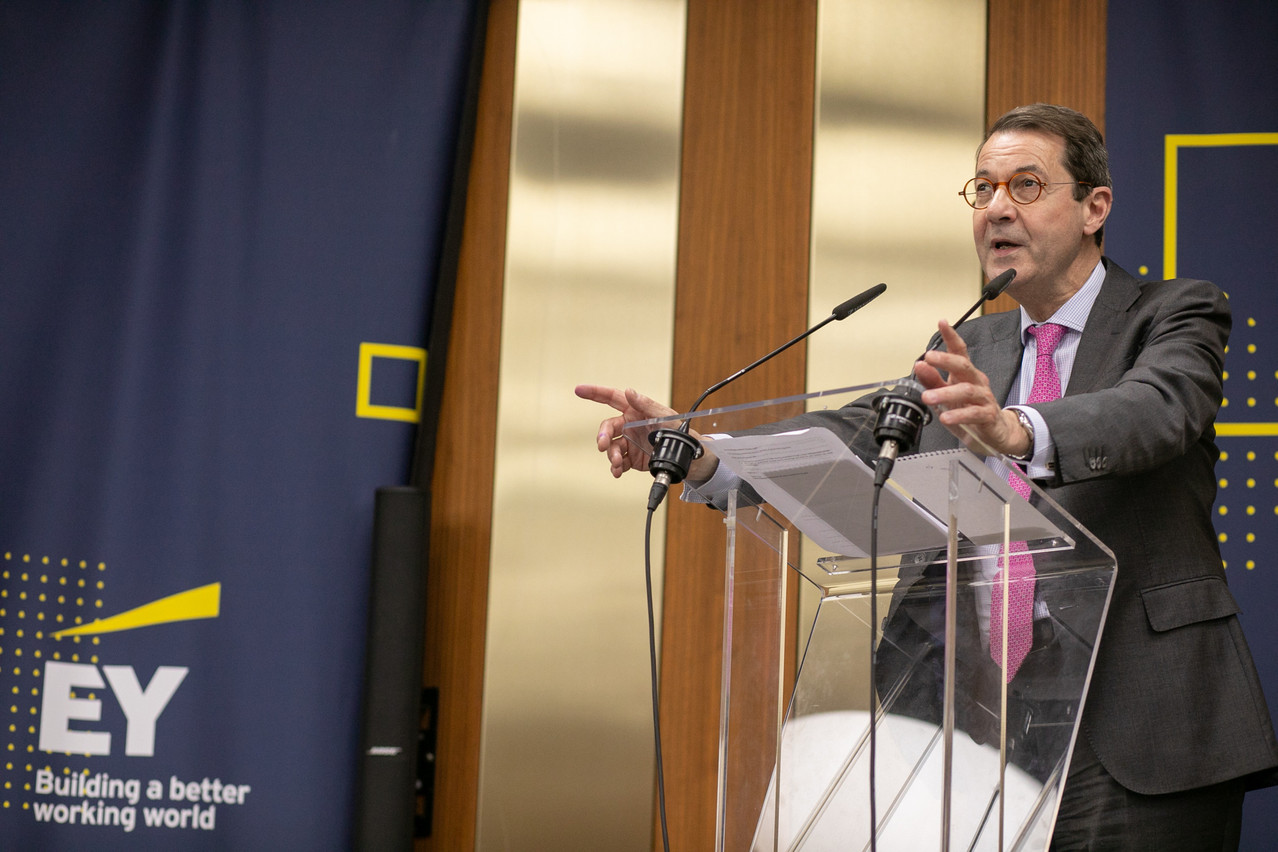The Great Moderation that started almost 40 years ago has brought what Colmant called the “deflation of inflation.” He explained that it was the result of the US Federal Reserve fighting inflation while being helped by the globalisation process that seek to move production facilities to cheap labour countries and “cheaper sources of capital in other places.”
When inflation starts, it is there to stay.
Colmant noted that the European Central Bank and other central banks started to print money (i.e., increased money supply) to stimulate growth in the wake of the great financial crisis in 2008-09 and the European sovereign crisis.
However, he said “we knew almost 10 years ago that at some point in time that money printing, the increase of money supply, would come to an end. It is happening right now.” In other words, “negative rates are an exception in history” Colmant said on 2 May. “The last time we saw that happening was in Switzerland in the 70s.”
However, “when inflation starts, it is there to stay” as its leads to cascade of events due to the inflation indexing mechanisms on wages in social states. As the “first mission of the ECB is not to stimulate growth but to fight inflation, it was obliged to increase rates” to maintain its credibility. However, he thinks that the ECB is going “too fast in increasing rates.”
Inflation to turn into stagflation
In his opinion, inflation will stick in “our economies” due to the current deglobalisation process. In addition, globalisation will become more expensive and exposed to international trade frictions. The western world will be hit by a double whammy which will fuel the flames of inflation.
On the one hand, it will be politically “harder to export our production facilities to China and other countries”. On the other hand, the recent geopolitical upheavals will further limit immigration resulting in more limited “cheap labour imports.”
Furthermore, an aging population generally leads to “a low inflation or even deflation”, but he thinks that this will change because once the demographic pyramid is inverted, it will result into too much pressure on “the production cost of active people” through increasing demand for higher salaries. Colmant thinks that this may already be happening.
As a consequence, the common denominator of the above developments is “quite low” growth and persistent and relatively high inflation resulting into “a period of stagflation.”
From liberalisation to nationalisation
Colmant stated at the conference that we are currently seeing the end of “new liberalisation” that started in the 80s which will translate into a more active role by the governments through the “slow nationalisation” of some parts of the economy.
He believes that governments and the private sector will be forced to collaborate to address the generational challenges, such as the ecological issues to limit the impact on public debt. Besides, he expects the strength of the welfare system to decline.
“I believe that central banks will be extremely cautious to keep high interest rates” Colmant said. “The only solution to absorb the huge public debt is with negative interest rates”. Indeed, he believes that with real interest rates (nominal interest rates minus expected inflation) of minus 2%-3%, “it would take less than 20 years to absorb excess debt, knowing that 30% the public debt sits at the ECB.”
Get prepared for the consequences negative interest rates
These efforts will not suffice to protect the depositors. As public debt will continue to increase, Colmant expects governments to target the pile of savings at banks. He said that there will be some sort of “bank nationalisation” whereby “the bank will be forced to channel deposits toward the financing of governments.”
In other words, he argued that “government will not accept to pay market rates on their own debt” but will rather prefer to “borrow at negative interest rates.” Colmant added: “it means that remuneration on bank deposits will remain negative after inflation,” an outcome that is sometimes referred as financial repression. He expects that such a scenario should reward investors in real estate, equity and bond valuations but “the savers will be penalised.”

